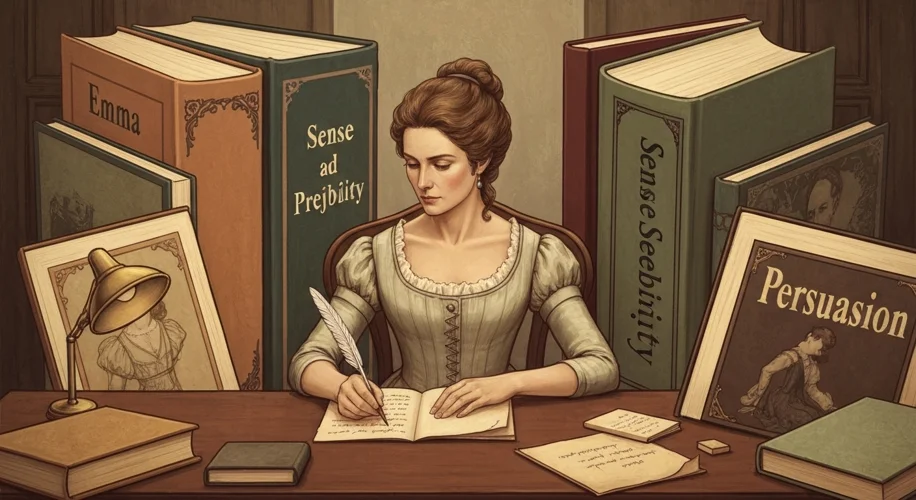Long before the internet’s digital roar and the rise of coordinated online communities, a different kind of fervent devotion simmered. It was a passion rooted in the delicate prose and piercing wit of a Regency-era author, a passion that some historians argue laid the very groundwork for what we now call ‘fandom.’ The subject of this devotion? Jane Austen.
While the word ‘fandom’ itself only gained widespread currency in the 20th century, its essence – a deep, often public, affection and engagement with a particular cultural product – can be traced back to the dedicated admirers of Austen’s novels. These weren’t just casual readers; they were individuals who found in characters like Elizabeth Bennet and Mr. Darcy not mere fictional creations, but companions and ideals.
Austen, who lived from 1775 to 1817, penned six complete novels, including the beloved “Pride and Prejudice,” “Sense and Sensibility,” and “Emma.” Her work offered a nuanced, often satirical, look at the social intricacies of the English gentry, focusing on themes of love, marriage, class, and morality. The depth of her characterization and the psychological realism with which she imbued her creations resonated profoundly with her readership.

Following her death, Austen’s popularity didn’t wane; instead, it began to transform. Her novels were reprinted, discussed, and analyzed. Biographies were written, and societies dedicated to her life and work began to emerge. The first significant biographical and critical work on Austen appeared in 1870, penned by John G. Cooke, followed by a more substantial biography by Oscar F. Adams in 1902. These early scholarly efforts, while academic, were fueled by a genuine admiration for Austen’s genius, a sentiment shared by a growing public.
The late 19th and early 20th centuries saw the burgeoning of Austen societies, informal gatherings where enthusiasts would meet to discuss her novels, share interpretations, and celebrate her literary legacy. These were the proto-fandoms, spaces where shared enthusiasm fostered a sense of community. Imagine, if you will, ladies and gentlemen of the late Victorian era, perhaps sipping tea in a drawing-room, animatedly debating the merits of Elinor Dashwood’s stoicism versus Marianne’s passionate nature. This wasn’t just literary criticism; it was a form of shared identity.
This burgeoning appreciation for Austen can be seen as a precursor to later, more organized forms of fandom. Consider the Sherlock Holmes stories by Sir Arthur Conan Doyle. Holmes, with his deductive reasoning and captivating persona, inspired an equally devoted following. The formation of the Baker Street Irregulars in 1934, a fan club dedicated to the eccentric detective, is often cited as a landmark moment in the history of fandom, demonstrating a level of organized, enthusiastic engagement that was becoming increasingly common.
But the Austen phenomenon predates this. The very act of dissecting characters, creating fan fiction (though not called that then), and forming dedicated groups to discuss and celebrate an author’s work can be seen as the DNA of modern fandom. It was a culture of appreciation that moved beyond mere consumption to active participation and communal expression.
The evolution of fandom has been a fascinating journey. From the quiet admiration of Austen’s literary world to the boisterous online communities of today’s blockbuster films and video games, the core impulse remains the same: a profound connection to a story, a character, or a universe that captures the imagination. Jane Austen, a quiet observer of Regency society, inadvertently became the matriarch of a cultural phenomenon that continues to shape how we engage with the stories we love.
So, the next time you find yourself lost in the world of your favorite book, film, or game, remember Jane Austen. Her enduring legacy isn’t just in her timeless novels, but perhaps in the very spirit of devoted appreciation that she, perhaps unknowingly, helped to inspire.

